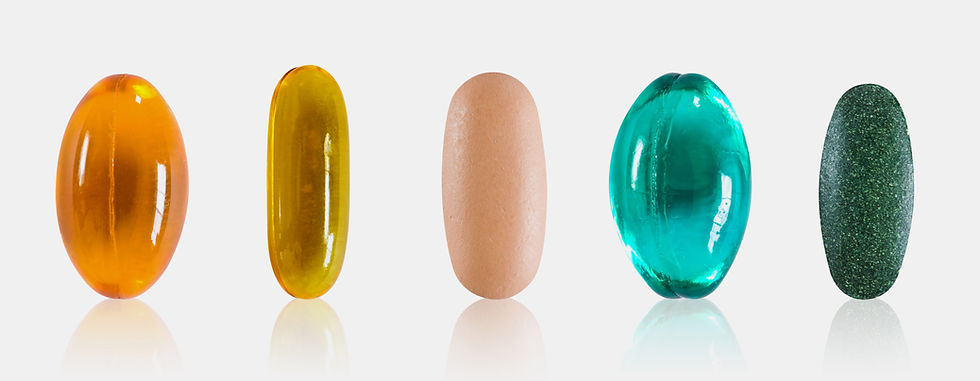fat facts
- Dr. Nastaran Safdarian

- Mar 4, 2021
- 2 min read
Updated: Mar 10, 2022
If you grew up in the last 40 years, you were told fat is bad for you, and that it should be avoided because it leads to heart attacks and strokes.
The truth is, after years and years of research, science still hasn't been able to answer this question completely,
The good news is that we now know much of what we were told was not true. The bad news? Much of the damage has already been done because of strongly held beliefs that are hard to change.
The only 3 macronutrients are fat, protein, and carbohydrates. When food companies began removing the fat out of products, they had to replace it with something . . . and what was the fat replaced with? Usually carbohydrates, in the form of sugar and flour.
Enter the era of “low fat” and “no fat” products. Sure, maybe something has zero grams of fat, but, oh by the way, it has 56 grams of sugar. I
Is it any wonder why we are in an obesity epidemic? Now many of us are trying hard to undo the bad eating habits and reverse the weight and metabolic damage that was done due to decades of poor eating.
Ok, so if fat is not bad for us, is it healthy and good for us? While this is quite a large topic, we will try to summarize and give you the key points in this article.
First of all, what is the difference between saturated and unsaturated fat? For a deep dive into the difference--click here.
examples of saturated vs unsaturated fats

saturated fats
butter
cream
cheese
coconut oil
red meat (mix of saturated and unsaturated fat)

unsaturated fats
olive oil
nuts
avocado
fatty fish
what about trans fats?
If there is one type of fat you should avoid, it should be trans fats. While some meat and dairy products contain a small amount of trans fat that occurs naturally, most trans fats are made from an industrial process by adding hydrogen to vegetable oil (partially hydrogenated).
These oils then become solid at room temperature, making foods less likely to spoil and have a longer shelf life--this is why so many restaurants use these fats for cooking and frying, and also why these fats are in nearly all baked goods, snacks, fried food, non dairy creamer, and margarine to name just a few. The good news is, due to the harmful effects of these fats, they are being phased out of the US food chain.
pillarMD plan
what to buy
Stick to natural fats that are the least amount processed
examples: butter, cream, cheese, olive oil, nuts, fatty fish, coconut oil, meat
full fat products--full fat milk and yogurt
lots of veggies
starches in moderation
foods low in sugar and carbs
what to avoid
trans fats, also known as partially hydrogenated oils
vegetable oils, seed oils
"fat free" products
"low fat" products
deep dive into saturated vs unsaturated fats
All fats are made up of carbon and hydrogen atoms. Saturated and unsaturated fats differ based on their structure and how these carbon and hydrogen atoms are put together. Saturated fats have all their carbon atoms “saturated” with hydrogen, whereas unsaturated fats have some areas where the carbon atoms are attached together by a double bond.







Comments